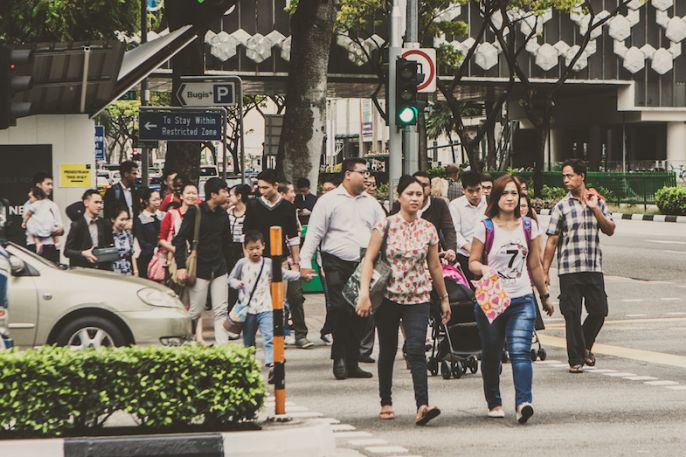Like most national populations, the population of independent city-state, Singapore, is growing older. Since the population is ageing and will require more and more health care services as time passes, the Ministry of Health has created a new plan (Healthcare 2020), which is designed to help patients access consultations and treatment plans in a faster, more efficient manner. Announced by the Minister of Health, this new plan will increase the number of hospital beds and community beds. There will be eighteen hundred new hospital beds by the target year (2020), as well as thirty-seven hundred community beds. Five years from now, thirty-seven hundred new beds will be available via hospitals and community facilities.
While boosting bed numbers is certainly important, there is more to strengthening a health care system for the future. Therefore, Singapore’s government health care leaders are considering how to boost health care productivity and how to streamline efficiency, without placing the nation in unnecessary debt.
According to a study which was conducted via Bloomberg during 2014, Singapore already has a good healthcare system which is better than any other. It ranks number one worldwide. However, the cost of delivering this exceptional level of health care service to Singapore residents is on the upswing. For this reason, healthcare officials in the country are exploring new models for service delivery, as adopting new models may allow the system to delivery benefits to patients for a lower overall price.
Wellness Programs May Increase
One important adjustment is making community wellness programs more commonplace and easier for all types of people to access. These wellness programs will give citizens the opportunity to liaise with pros in healthcare without going to hospitals. This may encourage citizens to visit doctors less frequently, as they are able to access some advice and care via wellness programs. Wellness programs in workplaces may also be subsidized or otherwise supported.
Other countries have embraced the power of community and workplace-based wellness programs, as well as new strategies for delivering healthcare without the usual high expense. For example, developed nations in Northern Europe are relying on these programs to take some of the pressure of their overburdened health care systems.
Currently, citizens in Singapore live to an average age of 82.1, which is a long lifespan when compared to a lot of other countries. However, despite the success of the healthcare system, it boasts lower costs than most, with healthcare in Singapore comprising just four and a half percent of the country’s GDP (Gross Domestic Product).
Since the population is ageing, new delivery models may be needed in order to continue offering health care services which don’t eat up a larger chunk of the nation’s GDP. Video instructions for wellness may be used more frequently in order to share vital healthcare information with the community. Video has the power to allow for remote education, prevention and consultation. Teleconferencing and other modern methods of touching base may also offer the same benefits.
Telemedicine is the term for this type of healthcare service delivery and it may be a term that you hear a lot more in the future.
Nick James writes for Company Stamp Singapore Pte Ltd, where he wrote most of the website content. He wrote the article “Eco Friendly Rubber Stamps” and “How to make your Company Stamps look impressive”.








